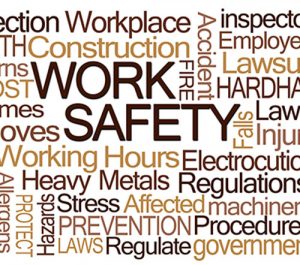UPDATE: OSHA delayed its final rule on the new beryllium standard until March 21 due to a presidential directive. A Jan. 20 memorandum implemented a 60-day regulatory freeze on pending regulations. This ensures that the President’s appointees or designees have the opportunity to review them.
—-
On Friday, March 10, the new Occupational Safety and Health Administration (OSHA) beryllium standard goes into effect. OSHA amended its previous regulation by reducing the permissible exposure limit (PEL) to 0.2 micrograms per cubic meter of air averaged over eight (8) hours. The administration also established a new short-term exposure limit (STEL) of 2.0 micrograms per cubic meter of air over a 15-minute sampling period
Beryllium is a sturdy, light and highly toxic metal used to manufacture items such as cellular phones, missiles, and air crafts. The majority of workers affected by the new rule are those exposed in general industry operations, such as beryllium metal and ceramic production, non-ferrous foundries, and fabrication of beryllium alloy products. Workers who inhale beryllium-contaminated air – approximately 62,000 – are at an increased risk of developing lung cancer and/or chronic beryllium disease (CBD). It may also damage other organs as it travels throughout the body’s bloodstream.
OSHA expects the new regulations to save about 94 lives from beryllium-related diseases, and prevent 46 new cases of CBD, annually. The projected net benefits are approximated to be $560.9 million each year.
What employers must do to comply with the new beryllium standard:
- Limit access to high-exposure areas, provide respiratory protection when necessary, and provide personal protective clothing when high exposures or dermal contact is possible.
- Assess exposures, develop and implement written exposure control plans, and provide workers with training specific to beryllium.
- Offer medical examinations to certain exposed workers. If a specified beryllium-related health effect is identified, they must offer additional workplace accommodations to the worker to reduce beryllium exposures.
To learn more, check out OSHA’s Fact Sheet HERE





